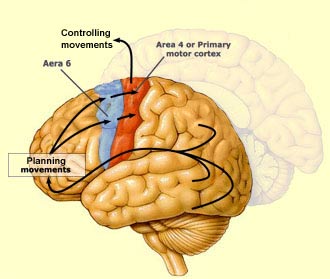This is a follow-up to my The Rebirth of Natural Right thread. In that thread, I quoted from Nietzsche’s Nachlass:
I now wish to look at another note from the Nachlass in the light of this one. In translating that other note, I’ve used Kaufmann’s translation (of Will to Power nrs. 417 and 673) as a basis. Underscores represent indents.
The first part, about the further development of pessimism through the dissolution of the last consolation, morality, should be compared with the beginning of Beyond Good and Evil aph. 56, the only aphorism of that book that makes explicit reference to the eternal recurrence. There the Übermensch is defined as the man who wills the eternal recurrence.
The second part, about the signs of decay and the conditions of firm action and thereby of culture, should be compared to the early essay “On the Uses and Disadvantages of History for Life”. It seems that Nietzsche here suggests the solution to the problem he raised there, of the discordance between truth and life. The solution seems to be that life incorporate the truth, i.e., that man be made natural.
The third part, which is the rest of the note, is essentially a formulation of the doctrine of the will to power. Existence in general is conceived as coincidence, i.e., as “the gruesome rule of nonsense and chance” (Leo Strauss, “Note on the Plan of Nietzsche’s Beyond Good and Evil”, paragraph 35). Coincidence however is conceived as an active coinciding, a clashing of creative impulses. The doctrine of the will to power, as formulated here, is therefore an extreme individualism. This, I think, is what is meant by “dissolution” (which Kaufmann renders as “disintegration”). I’m reminded of Savitri Devi’s book The Lightning and the Sun. Note that Nicholas Goodrick-Clarke has called Devi “Hitler’s priestess”.
This is part of a description of one of three types of man Devi distinguishes. These are the man “in Time”, the man “above Time”, and the man “against Time”. These three types can be defined by the hand of two characteristics, “Lightning” qualities and “Sun” qualities. The Lightning is sudden and intense, the Sun balanced and peaceful. The man “in Time” mostly exhibits “Lightning” qualities, the man “above Time” mostly “Sun” qualities. The Sun represents the Golden Age, the bliss of eternal Being, beyond time/Becoming/the world. Men “above Time” are men like Nietzsche’s Jesus, like Buddha, etc. The Lightning on the other hand represents time itself—Becoming. Men “in Time” are wholly immersed in time, are as destructive as time itself. But men “against Time” are also immersed in time, are also destructive; yet they are so with the Golden Age in mind, they strive for the establishment of a new Golden Age. Nietzsche, however, did not believe in “Golden Ages”:
Now Devi said the following about men “against Time”, among whom she counted Hitler:
But Nietzsche saw that this “tendency”, this “opposition”, was in vain; that there is no “timeless Essence” to the universe, no such thing as a Platonic “Idea”, and no soul in the Christian sense, an unchangeable and indivisible center of personality. “We must be destroyers!”—that is to say, we have to be men “in Time”, because every striving “against Time” is futile! Even Devi herself divined something of this when she said that every man “against Time” except the “last” came much too late, or a little too early. But may we not see Nietzsche as the “last (great) man against Time”—the one who understood that it was futile to strive against time, that he must be a destroyer?






